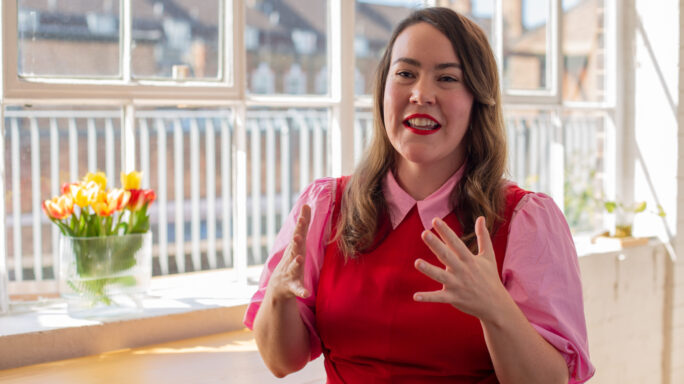Season 2: Unlocking productivity
When to say “no” to stay productive

Managing our physical, mental and emotional capacity enables us to make better decisions about how we work – our ability to do a task, and whether we should take it on at all. So what can you do to help set boundaries, make better decisions, and increase your productivity at work? The answer is simple, but not always easy! We need to learn to say “no”.
Recognize your limits
Increasingly, we ignore the limits to our human capacity. We’ve all been in situations where yet another task is added to our growing list, whether it’s a directive from our manager or client or something to help out a colleague.
Like me, you might be a natural helper. We want to help, but when we keep taking on more, we can find ourselves stressed, rushed, exhausted, doing everything badly or letting people down.
Taking on too much will often mean your mental capacity is compromised and the quality of your work will suffer. Your emotional capacity may become depleted too, which may mean that the very people you’re trying to help get the brunt of your irritability, anxiety or resentment.
Learning to say “no”
In the workplace, it’s common to say “yes” to things when all you really want to say is a hard “no”. Typically there are good reasons for this: Maybe something new is a welcome distraction. Maybe you’ve been put in an impossible position by your boss. Maybe you don’t want to let people down. Or maybe you just feel guilty.
If this is resonating with you, the following examples can help you learn to be comfortable, authentic, and gracious in saying “no” in different contexts.
1. You want to help, but not right now
If you’re in the middle of a task, perhaps you’re working to a deadline, it’s not that you can’t or don’t want to help, it’s just bad timing. You could say “no – not right now”, but that might be a bit blunt. So try softening it by saying “Sounds interesting – can we talk later?” or “I’d love to help – let’s book a meeting to go through it properly once this deadline is out of the way”.
2. You want to help, but not this time
Let’s say you’re approached by a new client, or you’re invited to get involved in a project that would be a great business or career opportunity for you. You’d love to work with them, but you just don’t have the capacity right now. You can say yes to the person, while saying no to the request or invitation: “I’d love to help, but I wouldn’t be able to meet your deadline” or “I’d love to get involved but I’m fully committed right now. Please do ask again!”
3. It’s not for me, so “Thanks, but no thanks”
There may be times when you’re asked to help out or pitch for work, but the request doesn’t sit well with you for various reasons. Rather than agonising over it, a simple, “Thanks, but no thanks” response can be effective. Try saying: “Thanks for thinking of me for this, but it’s not my area of expertise” or “this really isn’t my thing, but thanks for asking.” You can even be extra helpful by recommending someone else who might be able to help.
Practice saying “no”
Saying no is like a muscle. It may feel uncomfortable to begin with, but the more you practice, the stronger you’ll get and the more natural it will feel. In doing so, you’re setting some essential boundaries that will help you be more productive. Rather than taking so much on that you’re unable to give anything your full attention, you’ll be able to focus more deeply. And do a greater job on the clients or jobs you’ve already said yes to.





Leave a comment